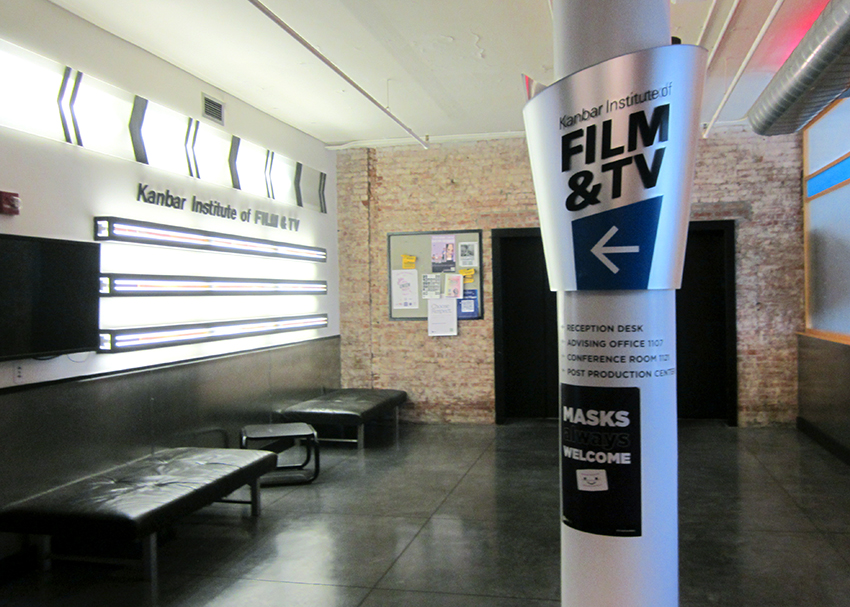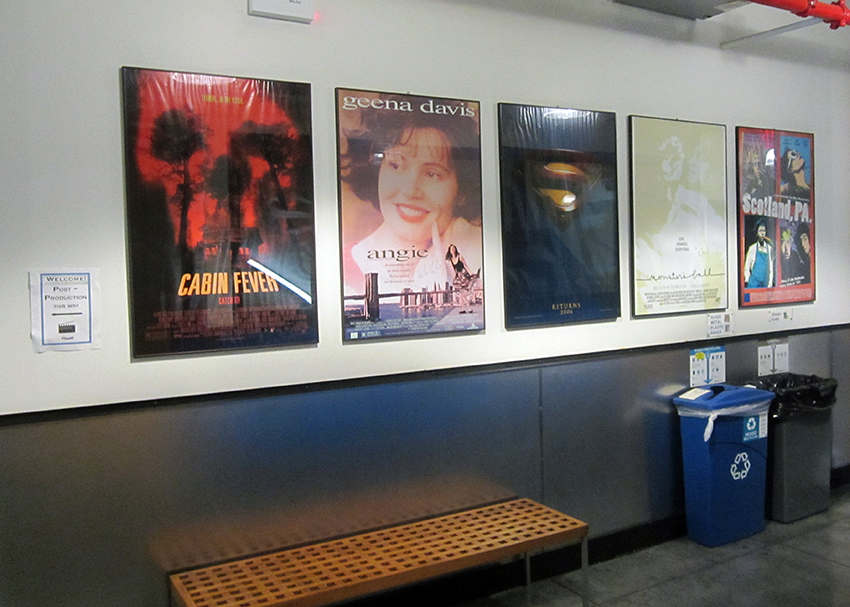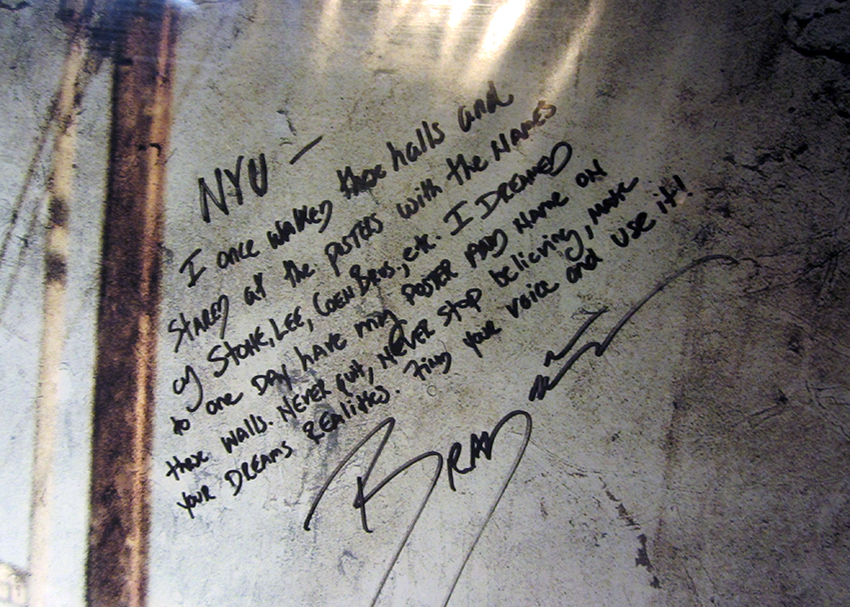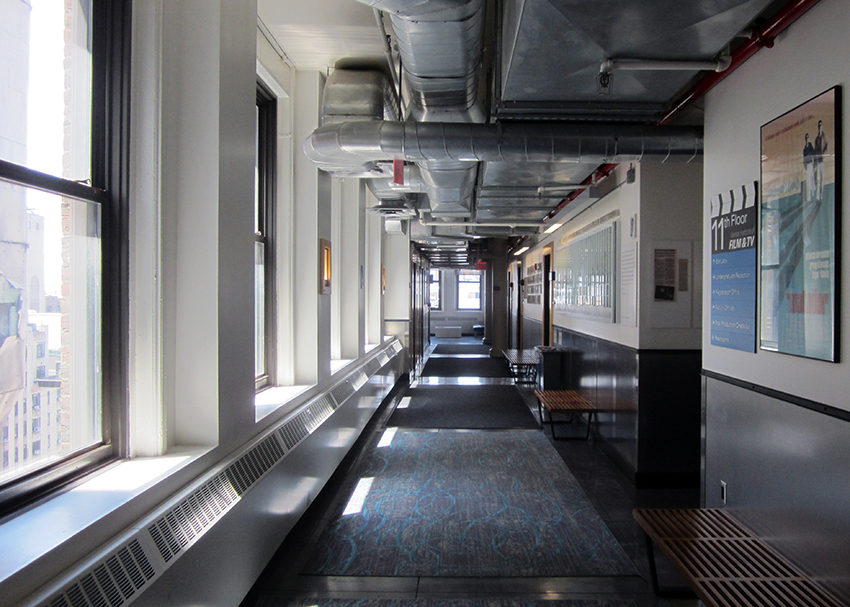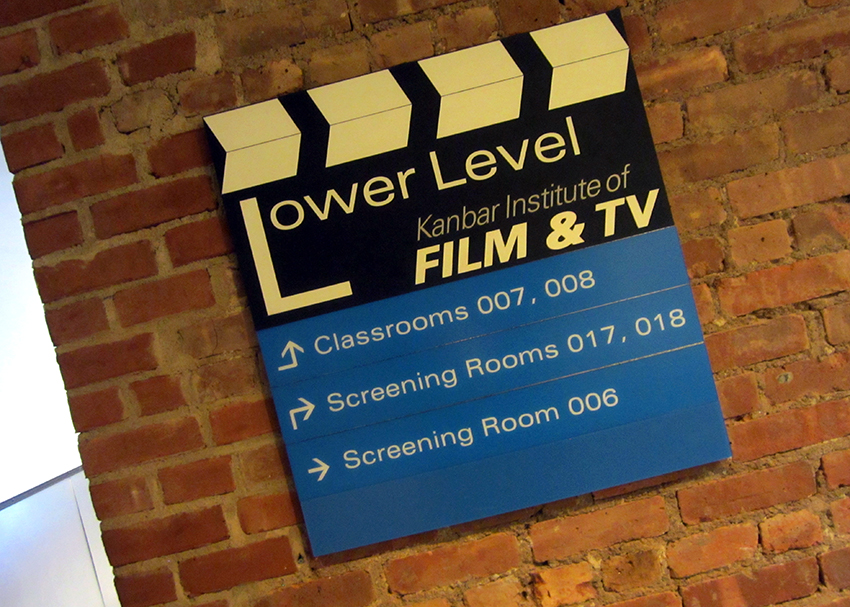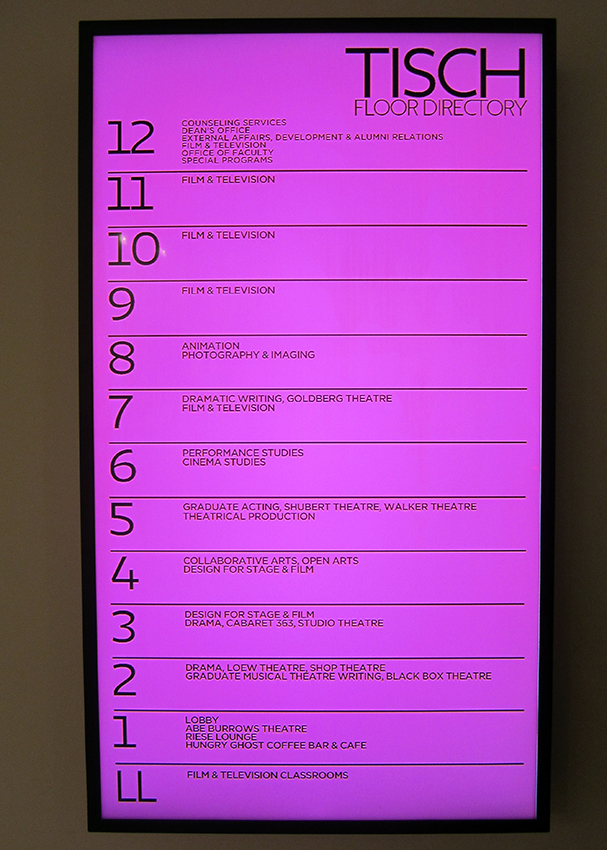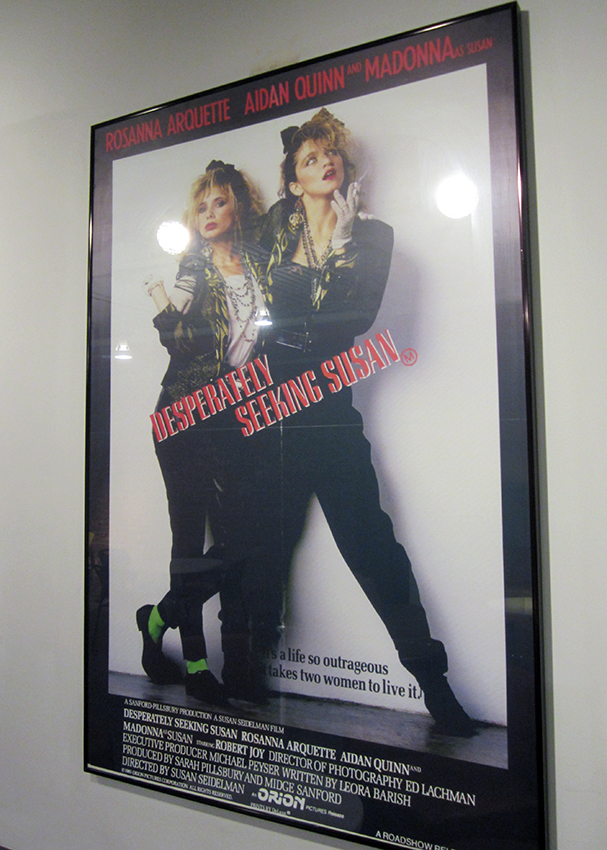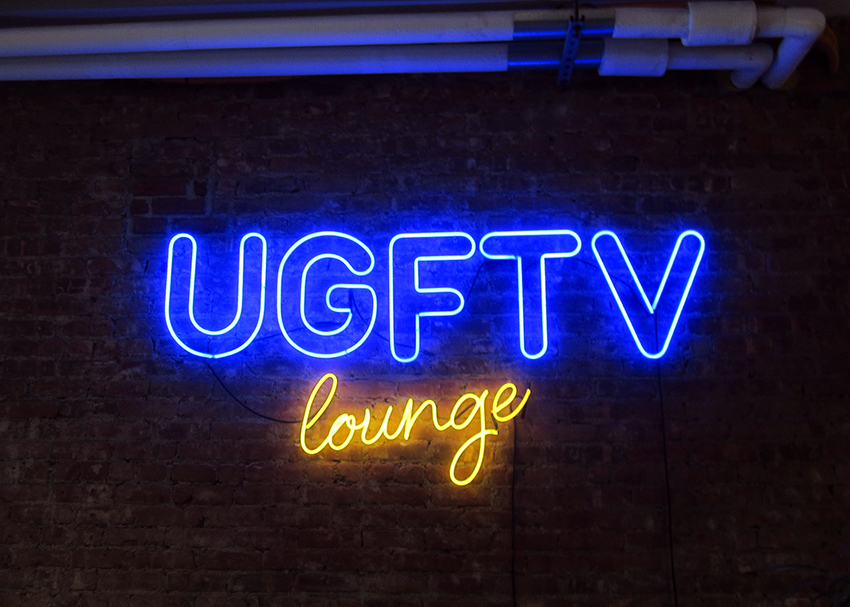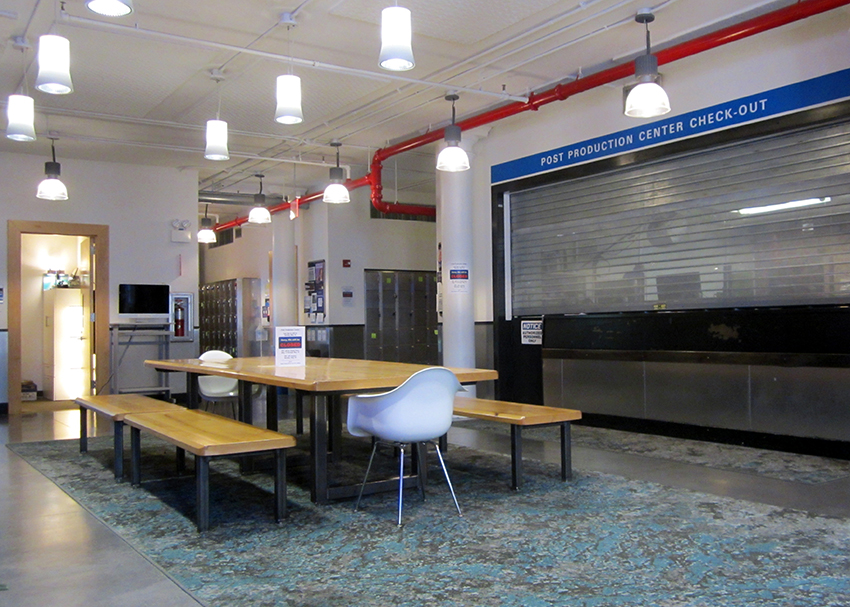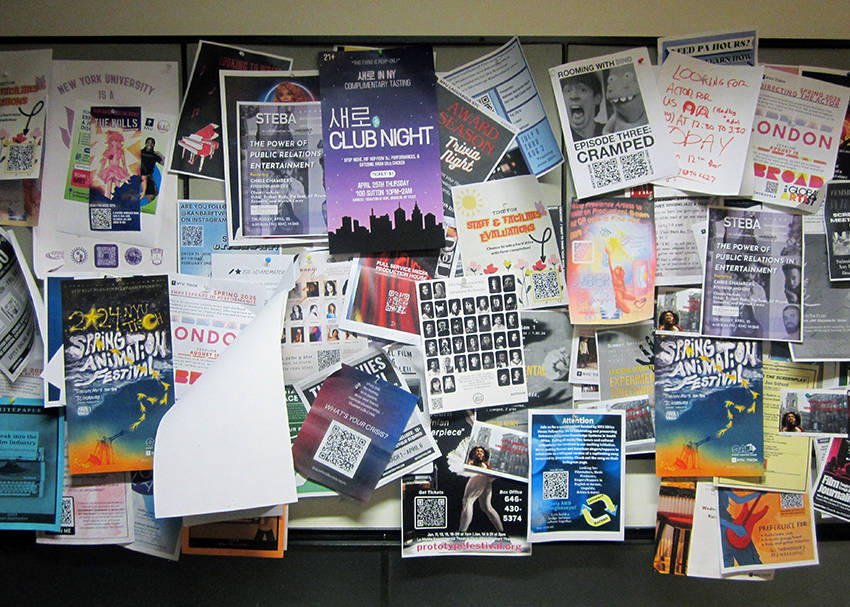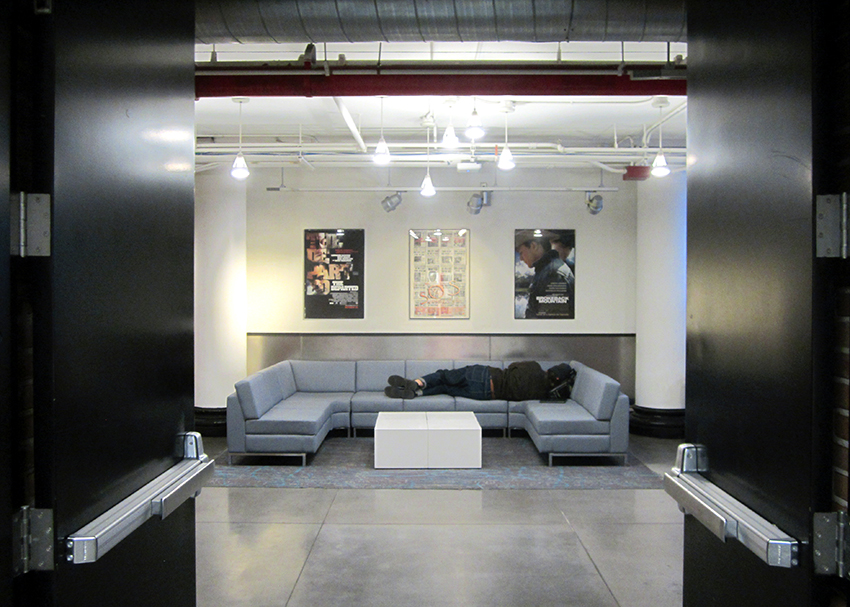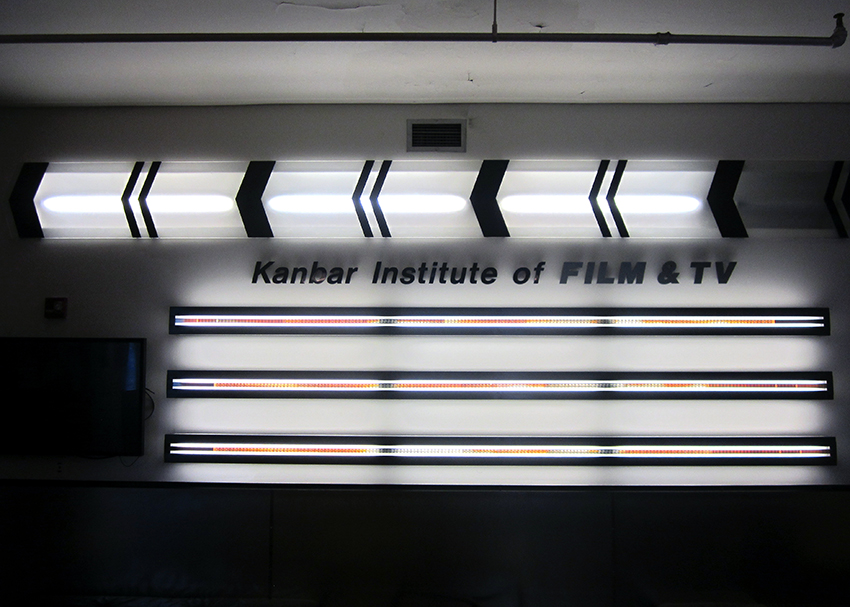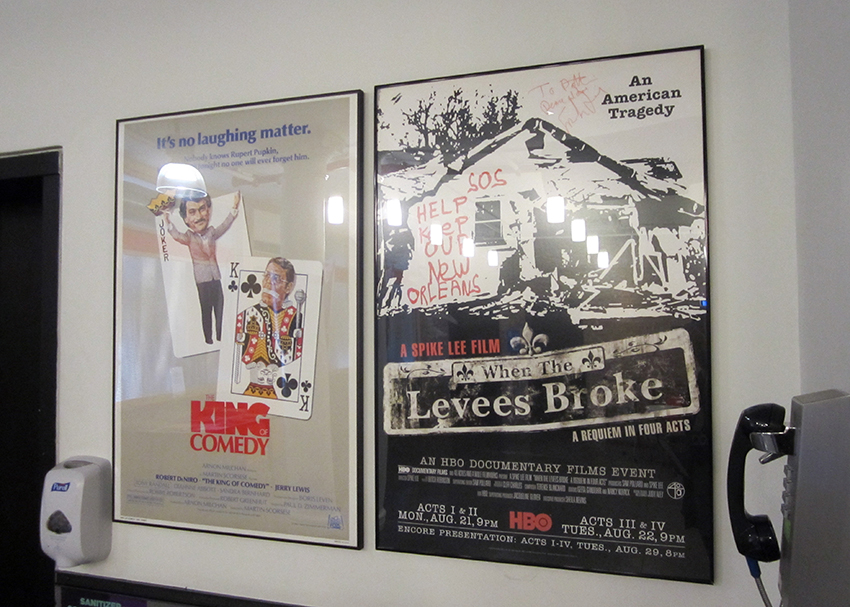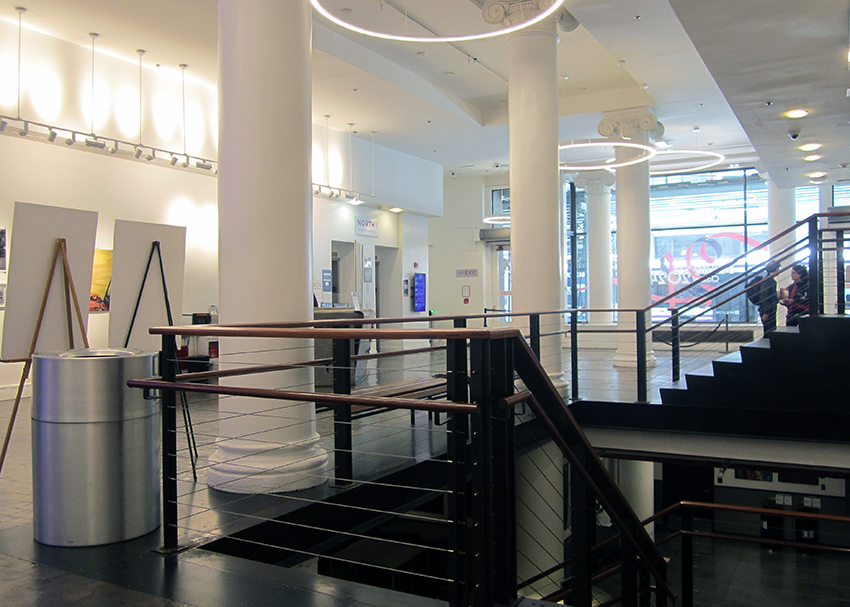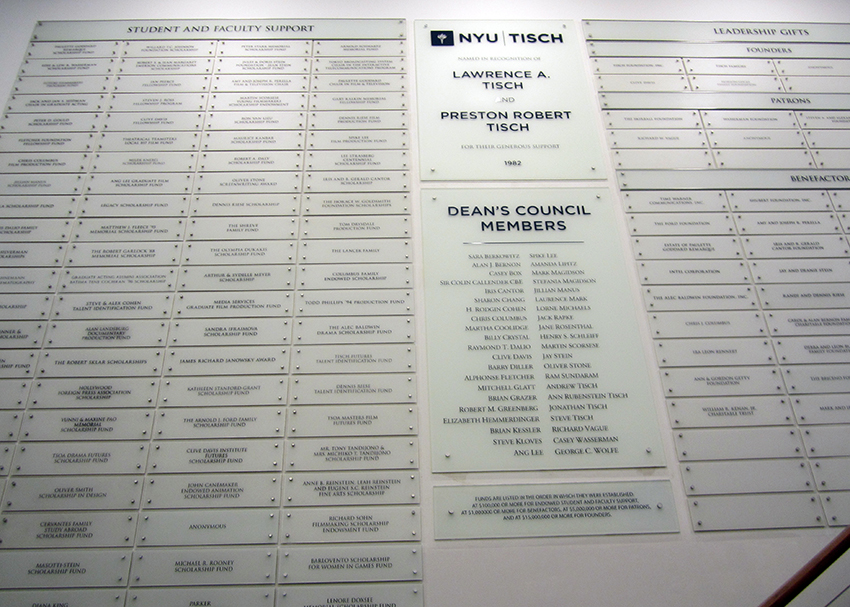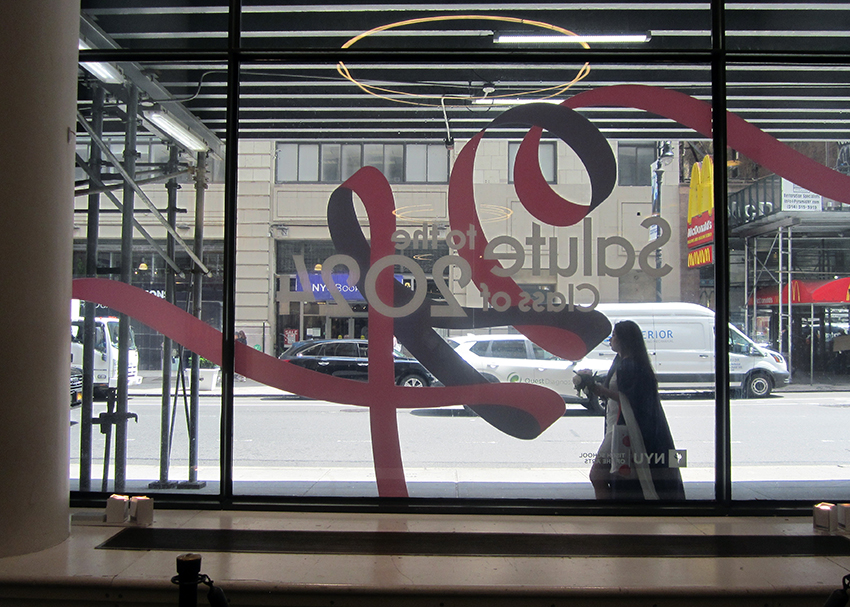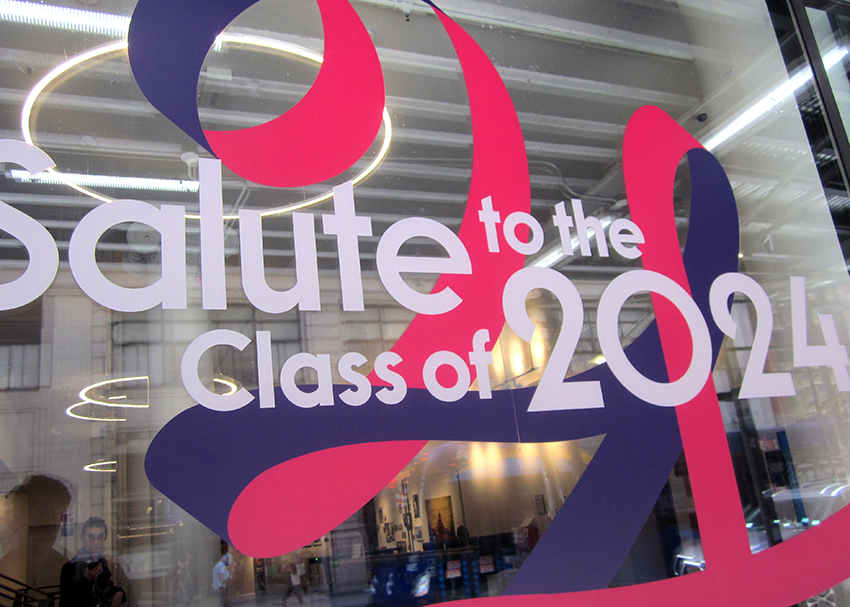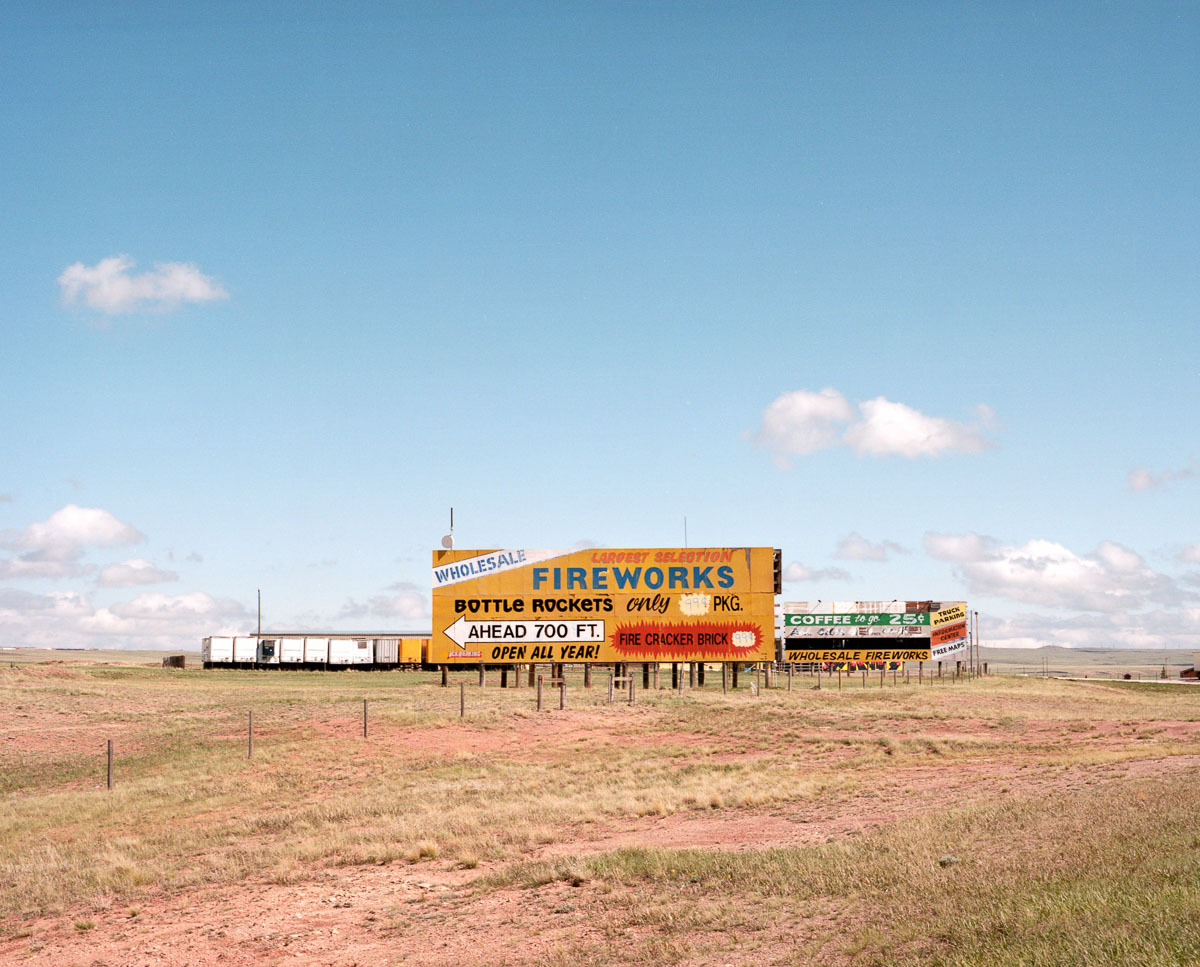Spring is remarkably resilient; out of the winter muck and February slush emerge cherry blossoms and leaves. The sky clears, heralding my first proper trip back to New York City in seven years (I don’t count the three days of somber fury spent during COVID—quite the antithesis of an all-inclusive resort). On May 10th, I fly into John F. Kennedy Airport, opting to leave all heavy gear behind, save for my trusty Nikon F2 and the compact, lightweight Canon Powershot Elph100HS. With plans to traverse beloved neighborhoods (Prospect Park, Brighton Beach, Washington Heights, Midtown, Astoria) and reconnect with friends, I need to be Travellin’ Light. And my latter camera allows for me to inconspicuously—let’s say, with the charm of a debonair—revisit places I where I once studied.
At NYU Tisch I studied film, about an egg carton of years ago. I would rather not utter the number. Old heads will laugh, but I have only become acquainted with the passing of time this year—hell, it keeps going. During my university days, I immersed myself in crafting short films, one of which, “Make Way For My Way” (2012), will soon grace the screen at Vancouver’s Cineworks theater on August 8, 2024—the screening, another egg carton of years in the making. Expressing these numbers is to express maturity, as time was as limitless as the promise of success that once seemed to stretch endlessly before me upon graduation.
I remember my screenwriting teacher, E. Max Frye, imparting wisdom on the last day of class. Frye, who had co-written the film Foxcatcher, urged us to live our lives, so we’d have stories worth telling. Whether he mentioned ten years or my memory enhanced the number, the message stuck with me, echoing the sentiment of Malcolm Gladwell’s ten thousand hour rule—that the key to achieving mastery is practicing correctly for ten thousand hours. Twelve years later (there, I said the number) I walk into my alma mater with the deck-card-small Canon Elph in hand, documenting its halls to see what has changed. Coincidentally, I arrive during graduation week—the halls are vacant, the students on summer break—so I explore undisturbed, save for my writer’s insatiable curiosity that compels me to look into every nook. Hallways stretch with posters of famous directors who attended NYU: Martin Scorsese, Spike Lee . . .
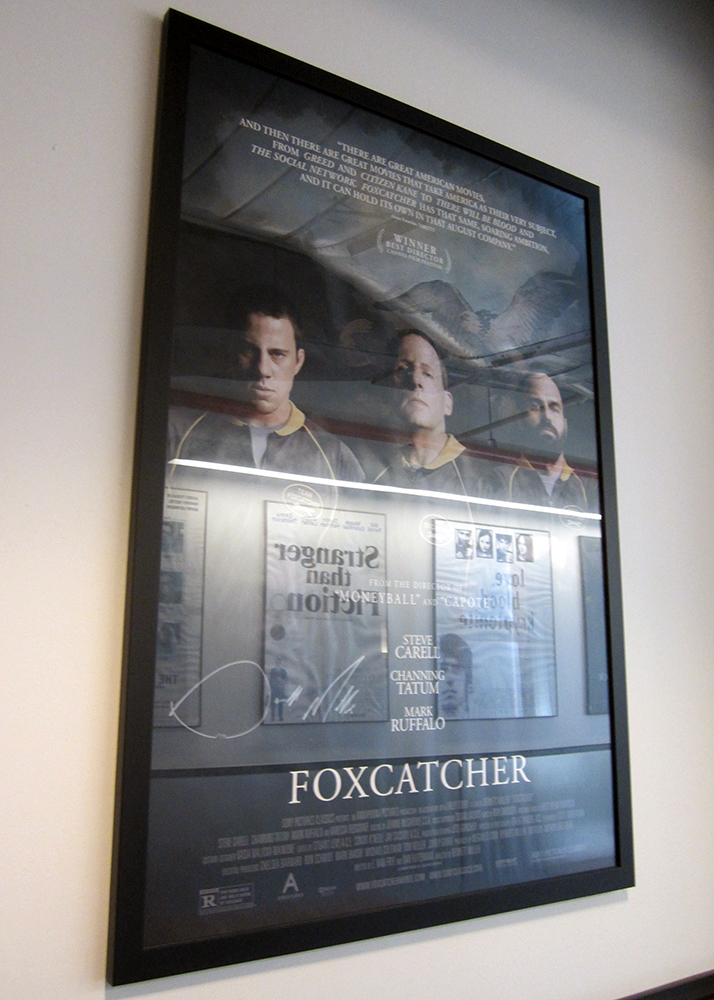
.
Part of the fun is seeing what is new and what has changed. The screen of the Tisch Floor Directory: new, bright, pink. The poster is of the film “Desperately Seeking Susan,” directed by Susan Seidelman, who was my undergraduate thesis film professor. Step by step, I pass one classroom after another, in gratitude of the knowledge imparted on me by these great filmmakers. I still remember Todd Solonoz chewing out a rough cut I edited of a graduate film. “Is it camp, is it horror, what is it?” he asked the film’s director, I thinking, “jeez, they don’t baby graduate students, they tell’ em like it is.”
The time Spike Lee gave me the side eye in the elevator, I thought I would disintegrate. I saw Brett Ratner standing by the elevators and my brain hollered, “That’s Brett Ratner! He made my favourite flick, Rush Hour.” Do you understand the words coming out of my mouth? (Jackie Chan, I hear you.) Ain’t nobody understand the word’s coming out of your mouth. (Chris Tucker, I hear you too). I even walked by the late, beloved Phillip Seymour Hoffman, breaking up with a cigarette outside of Postworks. I mean, this was all commonplace, greatness was commonplace, the greats where everywhere, and if not within reach, at least within sight.
Ascending to the eleventh floor, I settle in the lobby where I once rented out equipment. The Steinbeck Room no longer exists, the dungeon of sixteen-hour-editing days, and Red Eye coffees, or where I hand cut and spliced sixteen-millimeter films by hand, one of which I am particularly fond of, “Tickets To An Apartment” (2008). Oddly, I was making all these movies about relationships when I had little experience with said faring voyages of deep human relations.
University bulletin boards never change; everybody’s always lookin’ for somebody, whether it’s for love, or for art. Club Night here I go . . .
Sleeping off wicked dance moves after Club Night, or recuperating after an overnight of editing. Your choice.
I spend two hours at the good building on 721 Broadway. I don’t know when I will return again, but I am glad I stopped by. The Canon Powershot Elph100S proved invaluable—as I capture images onto the 64GB card, I notice that it holds at least a thousand of my pictures with space for thousands more. “This camera would be great for location scouting,” I consider the multitude of images it could store, “yes, this is the perfect camera for locations.” For pre-production, high megapixels aren’t necessary; instead, any portable camera with video can document every angle for actor blocking and provide an overview of the mise-en-scene. It even records videos to assess sound quality and identify any disruptive noise, be it jet planes or air conditioning hums. The record function allows you to block scenes, shooting in 1080p. The Canon Powershot Elph is the director’s camera on the cheap. And I plan to take it around Vancouver with me everywhere. I mean, who knows (I do), maybe I will make a feature here? After all, for how long will Vancouver stand in for New York, or Los Angeles, or any other city, and simply be itself? That’s another blog post.
Boris Riabov
PS: Seeking portable, on-the-go photography, or are you a film director in the wings? We often have numerous used compact point-and-shoots, perfect for run-and-gun escapades, including the fabulous Nikon Coolpix S210 ($85.00), in stylish pink at that. Explore our store in person to unearth the right portable cameras for you. 🙂



